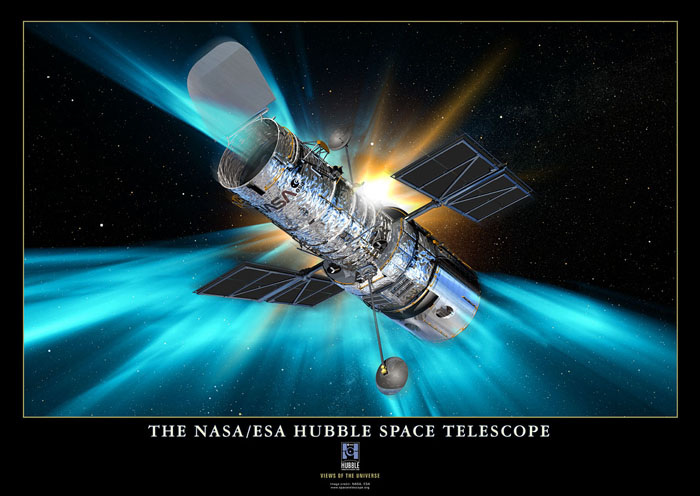
U.S. Rep. Mo Brooks
WASHINGTON – Today Congressman Mo Brooks on the 25th anniversary of the deployment of the Hubble Space Telescope, which was developed jointly by Marshall Space Flight Center in Huntsville and Goddard Space Flight Center in Greenbelt, MD. For a quarter of a century, Hubble has provided over 1.2 million observations of more than 38,000 celestial objects, allowing scientists to study the most distant stars and galaxies as well as the planets in our solar system. It is one of the most productive scientific instruments ever built, with more than 12,800 scientific papers published utilizing Hubble data.
Brooks wrote in his media release, “Today we celebrate the 25th anniversary of the Hubble Space Telescope, designed and developed at Marshall Space Flight Center. Hubble has greatly expanded man’s understanding of the cosmos, providing awe-inspiring images of space which have broadened the appeal of science and space for countless people. From the astonishing Hubble Deep Field image, to determining the rate of cosmic expansion (the Hubble Constant), few telescopes have had such a profound impact on astronomical research as Hubble. I look forward to the future of space telescopy, and I eagerly await the many exciting cosmic revelations to come. I’m proud of Marshall’s contributions to Hubble, and am thankful for the partnership with Goddard that resulted in one of NASA’s most successful and long-lasting science missions.”
Out of curiosity about the content of the seemingly “empty” areas of our universe, scientists decided to take the deepest optical picture of the universe by aiming Hubble for 150 consecutive orbits over 10 days on a single piece of sky. The Hubble Deep Field image, above, covers only a tiny segment of the sky—about the width of a dime 75 feet away. Inside that tiny segment of the universe, Hubble uncovered a bewildering assortment of roughly 3,000 galaxies at various stages of evolution, transforming our view of the distant universe.
Hubble’s many discoveries have transformed the understanding of our universe. Among those discoveries:
- Proved the existence of supermassive black holes and found that they are located at the center of most galaxies
- Helped determine that the age of the universe is roughly 13.8 billion years by determining the current rate of expansion of the universe
- Played a key role in discovering “dark energy”, an unexplained force that causes the universe’s expansion to accelerate
- Discovered that gamma-ray bursts—very powerful explosions of energy—occur in distant galaxies when massive stars collapse
- Revealed in unprecedented detail galaxies in all stages of their evolution, helping scientists better understand their formation
- Shown that the birth rate of stars reached a peak around 10 billion years ago and has been declining ever since
- Discovered protoplanetary disks—clusters of gas and dust around young stars that likely serve as the birthplaces for new planets



